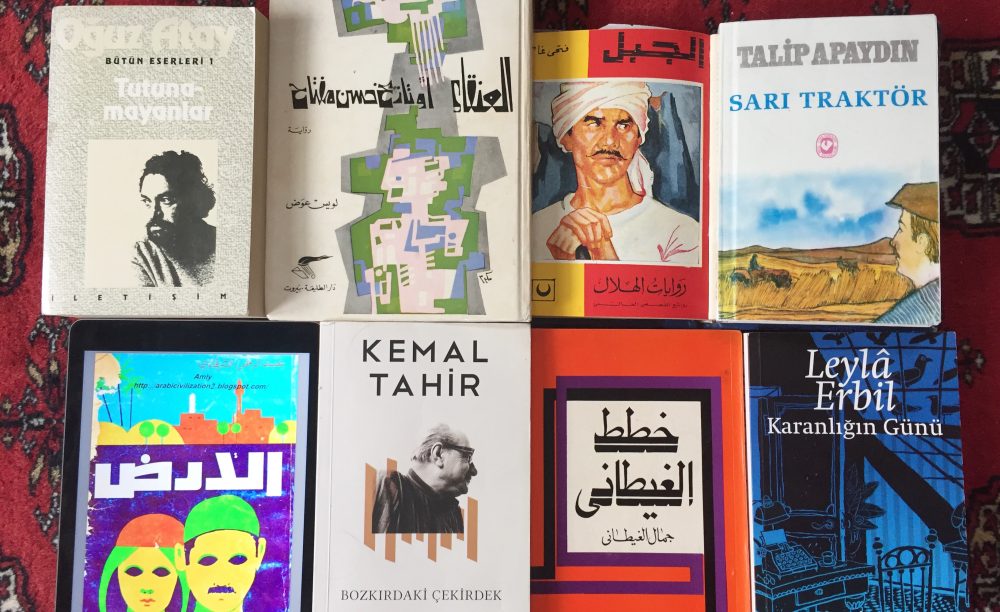
Citation
Beinin, Joel, 1948, and Zachary Lockman. Workers on the Nile: Nationalism, Communism, Islam, and the Egyptian Working Class, 1882-1954. Princeton University Press, Princeton, N.J, 1987.
Contents
Author
Context
Thesis
“the dialectic of class and nation [and] the formation of a new class of wage workers as Egypt experienced a particular kind of capitalist development … and these workers’ adoption of various forms of consciousness, organization, and collective action in a political and economic context structured by the realities of foreign domination and the struggle for national independence.”
Methodology
Key Terms
Criticisms and Questions
Notes
From the amazing and self-sufficient conclusion:
-two factors defined matrix within which working class was formed: the structure of Egyptian capitalism itself, and Egypt’s domination by British colonialism.
Egyptian Capitalism: influx of foreign capital concentrated primarily in agricultural sector, after WWI power of foreign and mutamassir capital ultimately compelled nascent industrial bourgeoisie to abandon independence. Formed a class alliance. Textile sector grew in 1930s and 40s, but growing parasitical class of large landoweners linked to foreign cotton market. Locally produced industrial good market collapsed after WWII exposed weakness of industry, and overdependence on textile market.
Working class: uneven development of Egyptian capitalism. Majority urban workers employed in small under-capitalized shops with pre-capitalist production and social relations. Working class but not trade unionists. Large scale workers in transport, public utilities and public enterprises, all to support cotton extraction.
-even with rise of industrial proletariat, still seen through lens of nationalist sturggle.
-Wafd was bourgeois nationalism which saw labor as only one part.
-Egyptian communist organizations greatest influence during jan-june 1946 and 10/51-1/52. Biggest day was February 21, 1946.
-Post war led to labor rivalry between MB and communists.
-Strikes in Mahalla al-kubra in 1947 and Kafir al-Dawwar in 1952 showed workers’ rejection of paternalism. Made “labor question” pressing issue.
-Working class, although growing in power, gave up to military regime in March 1954
-Orthodox Marxists emphasize betrayal of this deal
-March 1954 was a compromise where regime granted many economic demands so that trade union leadership would accept regime’s tutelage.
-Arab socialism rejected the concept of class struggle, but accepted it as a valid social and political category.
-Nasserism’s international political success also made labor quiescent.
-severe repression of communists and other groups that didn’t accept tutelage
-Nasserism’s economic strategy based on development of industry, economic planning, and economic redistribution, failed after 1965 because government could not sustain consumption and investment.
-New door policy abandonment of March 1954 compromise.

